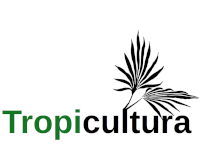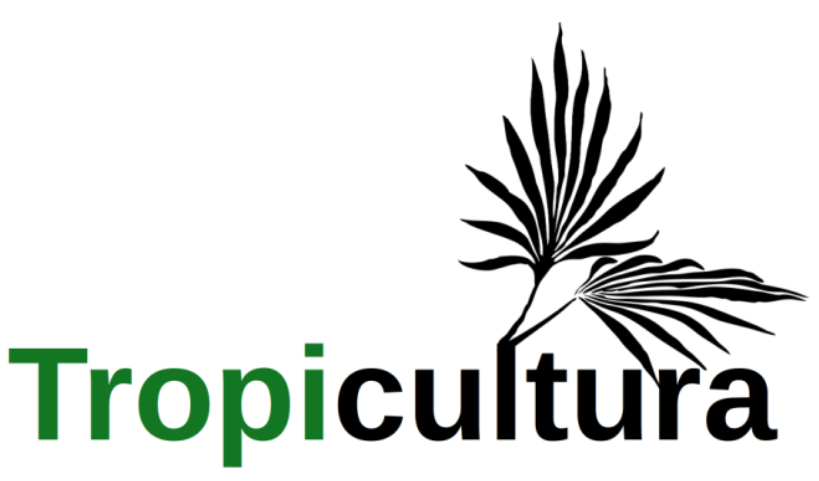- Accueil
- Volume 35 (2017)
- Numéro 1
- Inoculation of Mimosa latispinosa Lam with the Commercial Arbuscular Mycorrhizal Fungus Rhizophagus irregularis DAOM 197198, and Bradyrhizobium spp. Under Nursery Production Conditions in South-East Madagascar
Visualisation(s): 658 (7 ULiège)
Téléchargement(s): 52 (1 ULiège)
Inoculation of Mimosa latispinosa Lam with the Commercial Arbuscular Mycorrhizal Fungus Rhizophagus irregularis DAOM 197198, and Bradyrhizobium spp. Under Nursery Production Conditions in South-East Madagascar

Document(s) associé(s)
Version PDF originaleRésumé
Inoculation en pépinière de Mimosa latispinosa Lam. avec le symbionte mycorhizien arbusculaire, Rhizophagus irregularis DAOM 197198, et Bradyrhizobium spp. dans le sud-est de Madagascar.
La compagnie Qit Madagascar Minerals (QMM) a pris plusieurs engagements environnementaux dans son projet minier basé près de la ville de Fort-Dauphin (Madagascar), dont celui de restaurer une partie de ses sites après exploitation. Différentes souches symbiotiques ont été testées en tant que bio-stimulateurs pour la restauration écologique de Mimosa latispinosa, Lam. un arbuste pionnier local. Les souches symbiotiques testées en pépinière étaient la souche de l’inoculum commercial, Rhizophagus irregularis DAOM197198 et deux souches locales de Bradyrhizobium spp., STM1415 et STM1447, inoculées seules ou en combinaison avec la souche de mycorhize arbusculaire. Les traitements n’ont pas montré de différences significatives au niveau de la hauteur et de la biomasse sèche des plantes. Les plantes cultivées en sol stérilisé ont toutefois connu une croissance significativement supérieure à celles produites en sol non-stérilisé. Vingt semaines après inoculation, les résultats suggèrent que la tyndallisation du sol (chauffage à 100°C et à pression atmosphérique de 700 kPa pendant trois heures) est une méthode efficace pour la production en pépinière de plants de bonne qualité de M. latispinosa issus de semis.
Abstract
Qit Madagascar Minerals (QMM) has planned several actions to reduce the environmental footprint of its mining project located near the city of Fort-Dauphin (Madagascar). One of these actions is the reclamation of a portion of its mined sites. Different symbiotic strains were tested as bio-enhancers for the ecological restoration using Mimosa latispinosa Lam, a native and pioneer shrub. The symbiotic strains tested in nursery were the commercial strain of arbuscular mycorrhizal fungus, Rhizophagus irregularis DAOM197198, and two local strains of Bradyrhizobium spp., STM1415 and STM1447, inoculated alone or dually with the arbuscular mycorrhiza. Treatments did not significantly increase the plant height and dry mass. However, plants grown in tyndallized soil had better growth than those in unsterilized soil. Results obtained twenty weeks after inoculation suggest that soil tyndallization (heating at 100°C and at atmospheric pressure of 700 kPa during three hours) is an effective method for nursery production of high quality seedlings of M. latispinosa.







